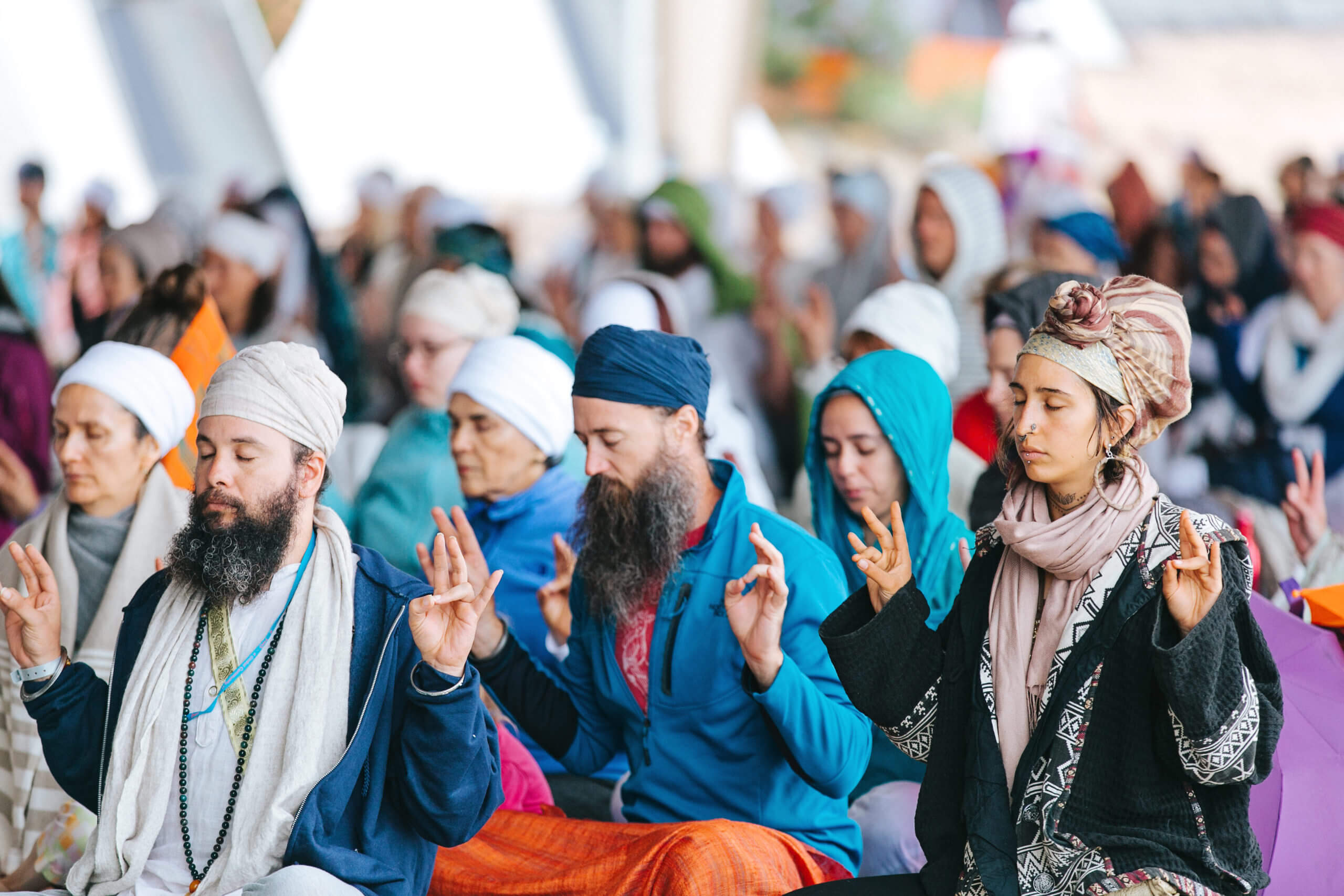Emotional Balance 2.0
When you feel bad, doing Kundalini Yoga makes you feel better. Stressed and upset? Do a strong set and you can become calm and peaceful. There are many kriyas and meditations specifically for emotional balance, to get rid of fear and anger, and to release negative thoughts. It is not unusual in class to cry spontaneously and then leave feeling good.
Kundalini Yoga powerfully cleanses, strengthens and generates positive emotional states. This is Emotional Balance 1.0. It is wonderful. And it is not enough!
Seeking pleasure, even at this higher spiritual level, and avoiding pain is fundamentally what yoga advises us to transcend. The yogi lives beyond polarity in neutrality. Avoiding the dark side of our fears, negative thoughts and other heavy feelings leads to inauthenticity, pretention, spiritual bypassing, neurosis, and eventually physical and mental illness. The soul moves us steadily toward wholeness. So not dealing with our wounds and their emotional patterns causes cracks in any spiritual veneer, eventually.
A strong practice, serviceful acts and attitude, devotion and positive thinking are like getting on a great diet; they build mental/emotional strength and health quickly while detoxing us psychologically. Positive practice is the permanent foundation, but if there are cracks—unattended wounds in the psyche—they will show up and grow in time.
Call it “falling from grace,” freaking out, Shakti Pad or just falling apart, there is no lack of cautionary tales from great teachers, leaders and sincere spiritual practitioners who have lost their precious progress, stature and spiritual “capital” due to masking and avoidance.
When we seek and value only the comfortable “positive” emotions while ignoring or repressing the uncomfortable “negative” feelings as most yogas, therapies, spiritual paths and society in general do, we later find pain unavoidable as the soul pushes issues to the surface so they can be resolved. In the Aquarian Age there is no hiding, not even from one’s self. The times require us to face any darkness to accomplish union with our full self.
Darth Vader was right about one thing, there is power on the dark side. Dealing with perceived negatives to incorporate their benefits is also known as Shadow Work (see Debbie Ford’s work, The Dark Side of the Light Chasers). My book, Senses of the Soul, uses the tools of Kundalini Yoga to help us safely dive into difficult thoughts and emotions consciously for healing and guidance. This always brings a deeper level of peace and oneness. This is Emotional Balance 2.0: seeking the light without being afraid of the dark.

A student of Senses of the Soul recently said to me: “It dawned on me that I usually use meditate to escape my emotions. But this (SOS work) has a different angle, to acknowledge them and go deep inside to work WITH them. At first I had SO much resistance to facing my fear and anger, but doing so has brought great realization and change.”
Emotional Balance 2.0 is to trust and consciously work with the natural, intuitive wisdom of the sensory system, including the dark, uncomfortable and often disregarded emotions. When we think of Sadness, Depression or Anger as beneath us, we lose the gifts of Love, Renewal and Power they respectively bring. When the Dalai Lama was asked if he ever got mad he laughed and said of course, but he also recovers quickly.
Emotions are not un-spiritual; they tell you when something is sending you away from your higher, happy, peaceful self. Conscious use of your heavy emotions and recurring triggers bring helpful gifts and guidance they are meant to give you. More commonly, we misuse emotions in two ways. At one end of the spectrum is Reactivity; feelings take over and we lose control. The opposite of Reaction is Repression, in which we override our true feelings to pretend nothing’s wrong, or worse, disassociate and not even know that we are in distress.
The key to skillful emotional work is the “middle way” between these two. Mindful awareness, neutral observation, meditative-mind-meets-the-emotional-body, and the somatic experience of feelings, all describe this new approach.
What I am saying is, bring emotions into your spiritual practice! How? First, get ready. Emotional activation fires up your limbic system and then your consciousness goes dark. So prepare with some strong pranayama or Kriya. This gives you nervous system strength, personal confidence, and mental clarity to face intimidating feelings.
In meditation the prefrontal cortex lights up, giving you the ability to remain present while fully feeling your emotions. This “peer dialogue” between intellect and emotion produces intuitive responses to resolve whatever is bothering you.
Digging into emotions to regain balance is simple and natural. It is a skillset that can take time to develop. Misinformation and misuse of emotion is the societal norm. But here’s the new standard, set it as a goal for yourself:
When you feel bad,
-You know what you are feeling (Naming the emotion is important to resolving it.)
-You know why you are feeling it. (Identify the real source of your upset.)
-You know how to return to wellbeing. (What to do or understand to feel better.)
-And, you do that so you can be at your best.
Listen to soul not through words, but through feelings. Get clear and go inside. Explore this last frontier of self-awareness and get your emotional intelligence on!
Your experience is important!
Share your wisdom with others like you. Leave your comment below